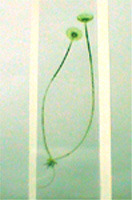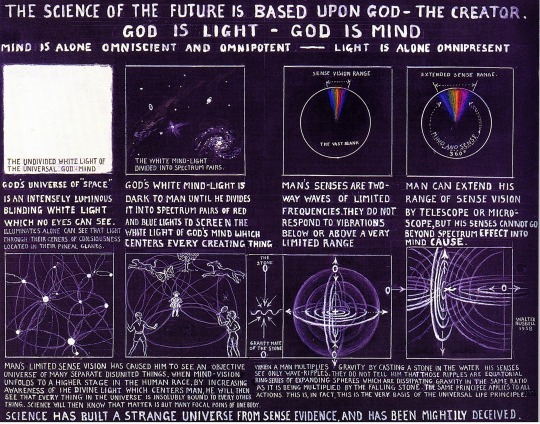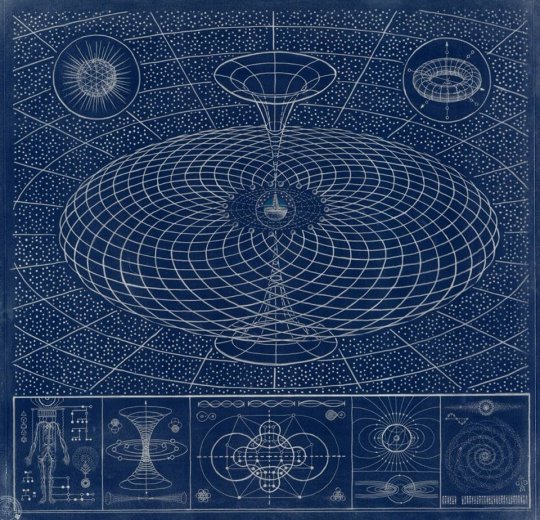Text

"The German government declares biophotonics to a development field of highest priority. We don´t know at the moment what this means but we will follow this declaration with prior interest."
*proceeds to erase website*


0 notes
Text



1 note
·
View note
Photo

Future Wars - Time Travellers (Eric Chahi - Delphine Software, 1989)
646 notes
·
View notes
Text






Record of Lodoss War manga covers featuring the grey witch, Karla AKA Leylia (the vessel she is possessing)
5 notes
·
View notes
Photo

Edit after Maurice Boudet de Paris (Elektrische stroom tussen zes munten, c. 1876 - in or before 1886) (2) (Rijksmuseum) (Ed. Lic.: CC BY-NC 3.0)
3K notes
·
View notes
Photo

by Walter Russell
303 notes
·
View notes
Text

Russell was a visionary, a true Renaissance man — painter, sculptor, architect, musician, and author. But he had no background in science. His cosmogony is based on a revelatory event he experienced at the age of fifty. Later he wrote, “It will be remembered that no one who has ever had the experience of illumination has been able to explain it. I deem it my duty to the world to tell of it.”
Nikola Tesla had a high opinion of Russell’s Electromagnetic Wave Universe but told him that mankind was not ready for it. Furthermore, Russell’s concepts contain striking similarities with the observations of Viktor Schauberger, and their visual presentation bears an obvious resemblance to Paul Laffoley.
----
DOP
Graphic - Walter Russell 1871-1963
23 notes
·
View notes
Text

In May 1921, American polymath Walter Russell entered a 39-day coma-like state, during which he claimed to have accessed “the source of all knowledge.” Upon awakening, he frantically wrote down what he had seen — pages filled with philosophical, scientific, and spiritual revelations that would later form the foundation of his manuscript *The Universal One*. Though he sent his findings to 500 leading minds of the time, nearly all dismissed him as mad — except one. Nikola Tesla, the visionary inventor, was so struck by Russell’s insights that he urged him to seal the work away for a thousand years, insisting that humanity was not yet ready for its truths.
Walter Russell’s revelations reimagined the very structure of reality. He argued that matter was not solid but crystallized light slowed by thought — that everything around us, from rocks to human bodies, was composed of light patterns, shaped by consciousness. He believed the universe was fundamentally mental, not material, and that all things moved in rhythmic cycles — expansion and contraction, like breath. He dismissed opposites like good and evil as illusions, asserting instead that everything sought harmony and balance. To Russell, death wasn’t an end but the release of compressed light returning to its source. Even time, he claimed, wasn’t linear, but a spiral where past, present, and future coexisted.
These ideas were radically ahead of their time, blending metaphysics, wave dynamics, and a deep sense of universal unity. He believed electricity was a living spiral of energy, not merely electrons in motion, and that the vacuum of space was in fact a vibrant sea of untapped potential. Health, in his view, was the natural rhythm of the body, and disease was simply a disruption of that flow. Though ignored or ridiculed during his lifetime, Russell’s work now draws new attention in an era where quantum physics and consciousness studies begin to echo the same questions. To many, he is no longer a forgotten eccentric, but a prophet of a paradigm yet to come.
598 notes
·
View notes
Photo

Daniel Martin Diaz. “Abyss Of The Mind.”
2K notes
·
View notes










